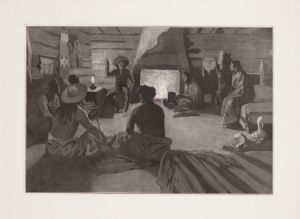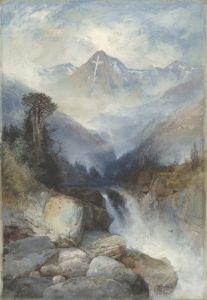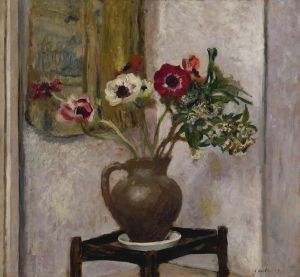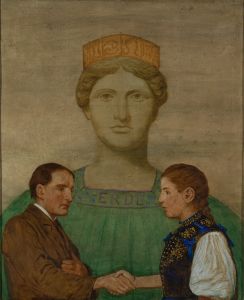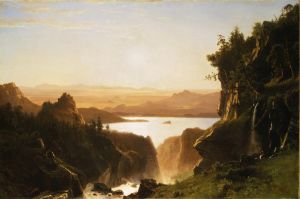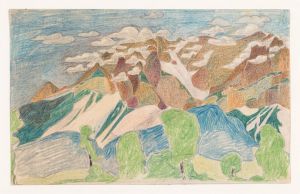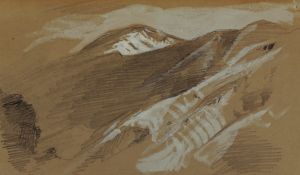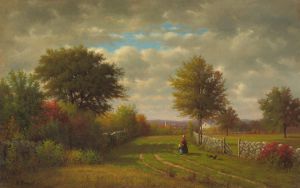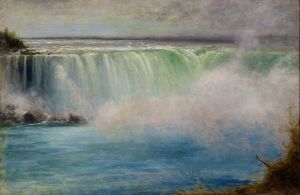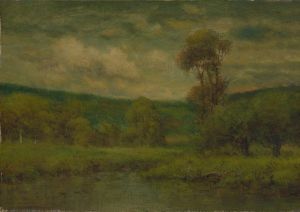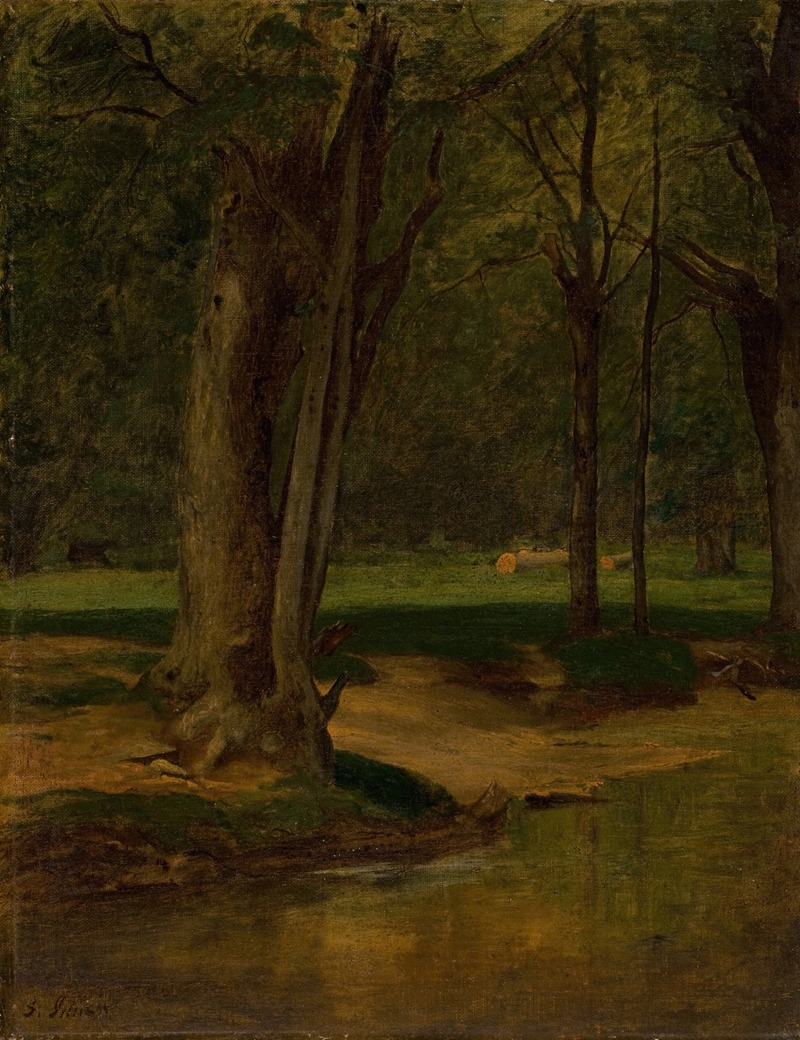
Trout Stream, North Conway
A hand-painted replica of George Inness’s masterpiece Trout Stream, North Conway, meticulously crafted by professional artists to capture the true essence of the original. Each piece is created with museum-quality canvas and rare mineral pigments, carefully painted by experienced artists with delicate brushstrokes and rich, layered colors to perfectly recreate the texture of the original artwork. Unlike machine-printed reproductions, this hand-painted version brings the painting to life, infused with the artist’s emotions and skill in every stroke. Whether for personal collection or home decoration, it instantly elevates the artistic atmosphere of any space.
"Trout Stream, North Conway" is a painting by the American artist George Inness, who is widely regarded as one of the most influential American landscape painters of the 19th century. Born on May 1, 1825, in Newburgh, New York, Inness was a key figure in the development of American landscape painting, and his work is often associated with the Hudson River School and later the Tonalist movement.
The painting "Trout Stream, North Conway" was created in 1876, during a period when Inness was deeply influenced by the natural beauty of the American landscape. North Conway, located in New Hampshire, is known for its picturesque scenery, which includes the White Mountains and numerous streams and rivers. This region provided a rich source of inspiration for Inness, who was captivated by its serene and tranquil environment.
Inness's approach to landscape painting was characterized by his use of soft, diffused light and a focus on the atmospheric effects of nature. "Trout Stream, North Conway" exemplifies these qualities, depicting a peaceful stream winding through a lush, wooded area. The painting captures the essence of the natural world with a sense of harmony and balance, reflecting Inness's belief in the spiritual and restorative power of nature.
Throughout his career, Inness was influenced by various artistic movements and styles. Early in his career, he was inspired by the Hudson River School, known for its detailed and dramatic depictions of the American wilderness. However, as his style evolved, Inness began to incorporate elements of the Barbizon School, a French movement that emphasized realism and the beauty of rural landscapes. This influence is evident in the more intimate and contemplative scenes he painted later in his career, including "Trout Stream, North Conway."
Inness's work also reflects his interest in the philosophical and spiritual ideas of the time. He was particularly influenced by the writings of Emanuel Swedenborg, a Swedish theologian and mystic, whose ideas about the interconnectedness of the natural and spiritual worlds resonated with Inness. This philosophical perspective is evident in the serene and meditative quality of "Trout Stream, North Conway," which invites viewers to contemplate the deeper meanings and connections within the natural world.
"Trout Stream, North Conway" is an important example of Inness's mature style, showcasing his ability to convey the subtle beauty and tranquility of the American landscape. The painting is held in high regard for its artistic and historical significance, and it continues to be appreciated by art enthusiasts and scholars alike.
Inness's legacy as a landscape painter is marked by his innovative approach and his ability to capture the spiritual essence of nature. His work has had a lasting impact on American art, influencing subsequent generations of artists who sought to depict the natural world with a similar sense of reverence and introspection. "Trout Stream, North Conway" remains a testament to Inness's skill and vision, offering a glimpse into the serene and contemplative beauty of the American landscape.





